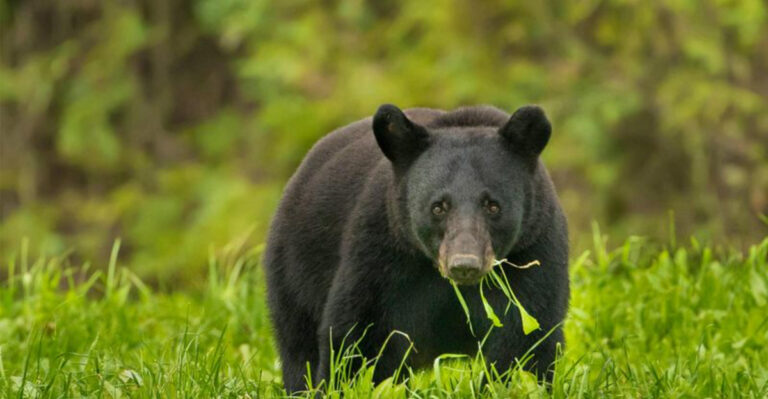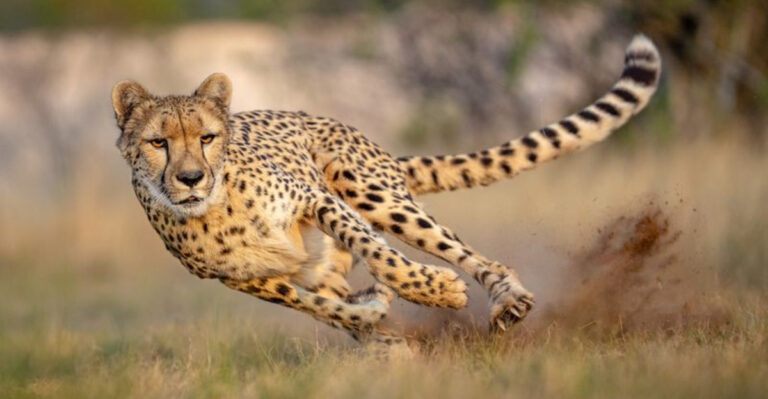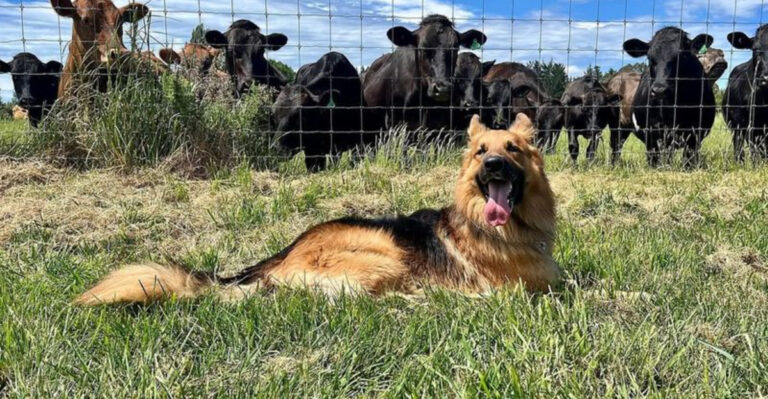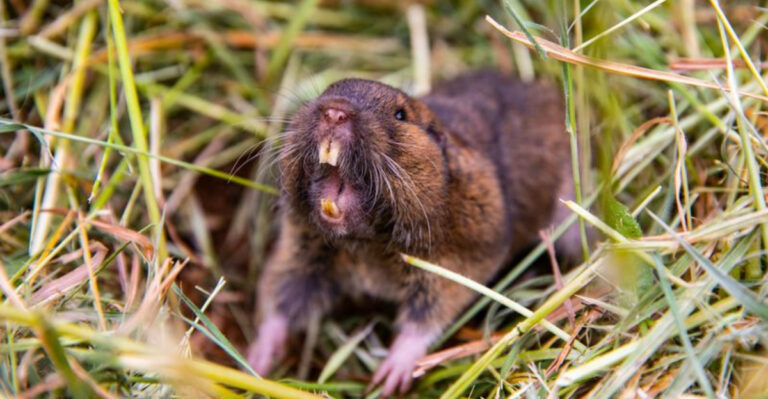16 Popular Dog Breeds That Have Been Ruined By Overbreeding
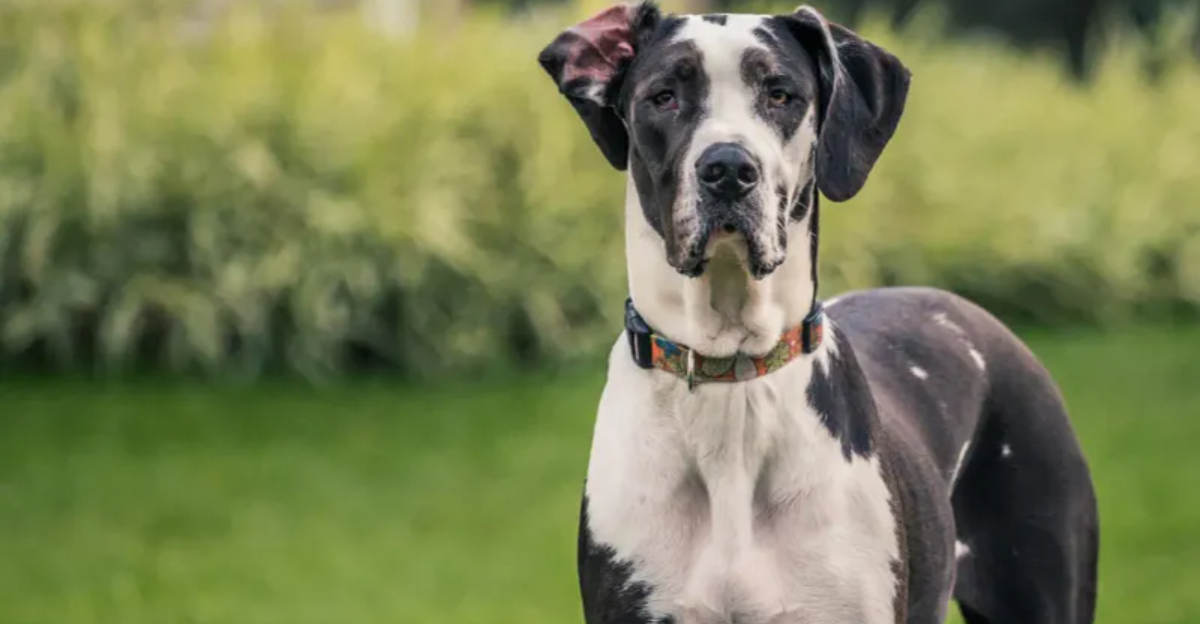
Dogs have been our loyal companions for thousands of years, but modern breeding practices have created unexpected health issues for many beloved breeds.
While we admire their distinctive looks and personalities, selective breeding for specific traits has led to serious genetic problems. Let’s look at popular breeds that have suffered from overbreeding and the health challenges they now face.
1. English Bulldogs

Behind that adorably wrinkled face lies a lifetime of suffering. English Bulldogs struggle to breathe through their squished airways, making even a short walk feel like a marathon.
Their signature flat faces, while cute to us, force many to live with constant respiratory distress. Most can’t naturally reproduce or give birth without surgical intervention, a clear sign breeding has gone too far.
2. German Shepherds
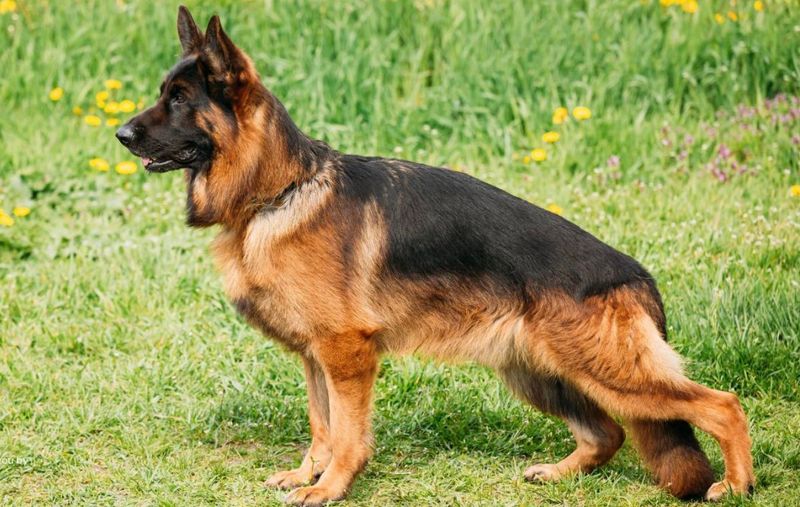
Remember those strong, straight-backed police dogs? Modern German Shepherds barely resemble their ancestors. Decades of show-ring preferences created that dramatic sloping back and angled rear legs.
The result? Crippling hip dysplasia that often leads to painful arthritis and mobility issues by middle age. Many can’t climb stairs or run without discomfort, despite being working dogs bred for activity.
3. Pugs

Snorting, snuffling, and struggling for air isn’t adorable – it’s the sound of suffering. Pugs’ extreme flat faces have shrunk their airways while leaving the same amount of tissue, creating a lifetime of breathing challenges.
Eye problems plague them too, with bulging eyes prone to injury or even popping out of their sockets during play. Many develop skin infections in those adorable wrinkly folds that require constant cleaning.
4. Cavalier King Charles Spaniels

Looks can be deceiving. These sweet-faced companions hide a devastating heart condition that affects nearly all Cavaliers by age five. Mitral valve disease causes their hearts to slowly fail, often cutting lives tragically short.
As if that weren’t enough, their adorably small skulls frequently can’t contain their brains. This condition, called syringomyelia, creates excruciating neurological pain that makes some scratch frantically at phantom sensations.
5. Dachshunds

Ever wondered why so many “wiener dogs” end up in doggy wheelchairs? Those adorably long backs are a spinal disaster waiting to happen. One wrong jump off the couch can rupture discs and cause paralysis.
Their elongated bodies, bred to hunt badgers in burrows, now cause intervertebral disc disease in nearly 25% of all Dachshunds. Many owners face heartbreaking decisions between expensive surgery or euthanasia when their beloved pet suddenly can’t walk.
6. Boxer Dogs
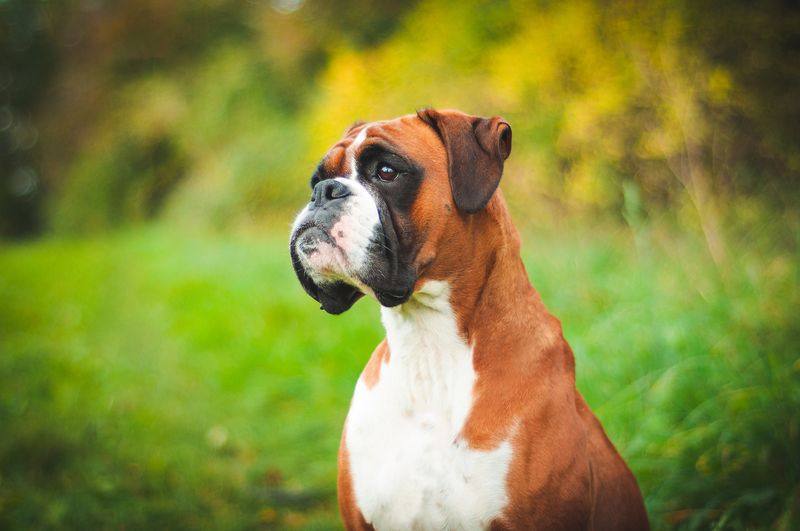
Bouncy and full of life, Boxers hide a heartbreaking secret – they have one of the highest cancer rates of any breed. Nearly half will develop tumors, with many succumbing to aggressive forms before reaching old age.
Heart problems plague them too, with cardiomyopathy silently damaging their hearts until sudden collapse or death. Their limited genetic diversity has concentrated these devastating conditions, leaving families devastated when their vibrant companion suddenly falls ill.
7. Great Danes

Majestic and towering, Great Danes pay a heavy price for their impressive size. Their accelerated growth puts tremendous strain on their hearts, making them prone to deadly bloat and cardiac issues.
Most heartbreaking is their tragically short lifespan of just 6-8 years. Their massive frames grow too quickly for their organs to keep up, leading to joint problems and early arthritis. Many owners are shocked when their middle-aged Dane suddenly develops life-threatening heart failure.
8. Shar Peis

Underneath those trademark wrinkles lies a body battling chronic inflammation. Shar Peis suffer from a unique condition called Shar Pei Fever that causes painful joint swelling and recurrent high temperatures.
Their excessively wrinkled skin folds require constant cleaning to prevent painful infections and unpleasant odors. Eye problems are common too, with entropion causing eyelashes to scratch against their corneas. Many require surgery just to see comfortably.
9. Basset Hounds

Those long, velvety ears might look charming, but they’re breeding grounds for painful infections. Basset Hounds often develop chronic ear problems requiring lifelong medication and cleaning.
Their droopy eyes collect dirt and debris, frequently leading to corneal ulcers and infections. The exaggerated skin folds around their faces trap moisture and bacteria, creating persistent dermatitis. Even walking becomes difficult as their low-slung bodies put strain on their spines.
10. French Bulldogs

Fashionable and trendy, Frenchies can’t even reproduce without human intervention. Their narrow hips and large heads make natural breeding impossible, requiring artificial insemination and C-sections for every litter.
Like their English Bulldog cousins, they struggle to breathe through pinched airways and often overheat in mild temperatures. Many develop spinal problems from their screw tails. Some owners spend thousands on corrective airway surgery just so their pet can breathe normally.
11. Bernese Mountain Dogs
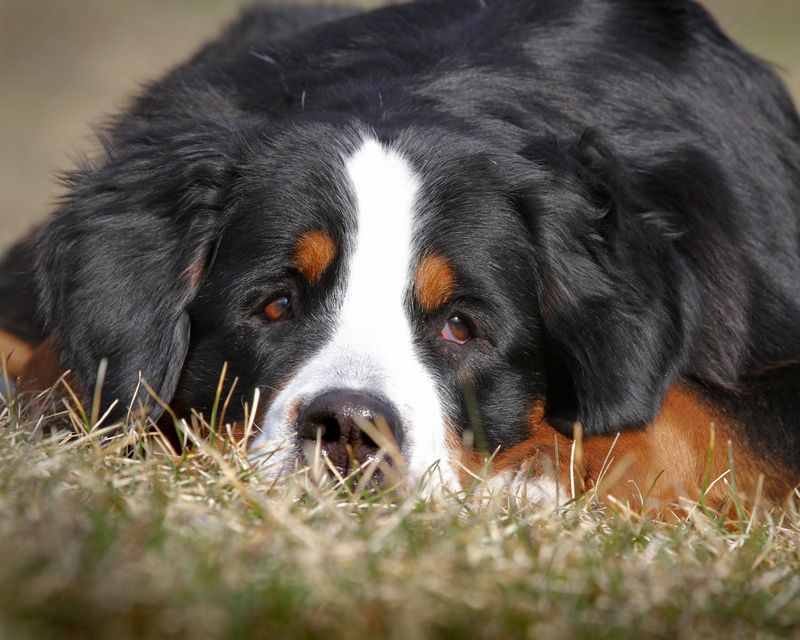
Gorgeous tri-colored coats hide a devastating genetic legacy. Bernese Mountain Dogs have one of the shortest lifespans among large breeds, averaging just 6-8 years due to rampant cancer rates.
Nearly half will die from aggressive cancers, particularly histiocytic sarcoma, which spreads quickly through their bodies. Hip and elbow dysplasia plague them too, causing early-onset arthritis. Families often find themselves saying goodbye to their beloved Berner far too soon.
12. Chow Chows
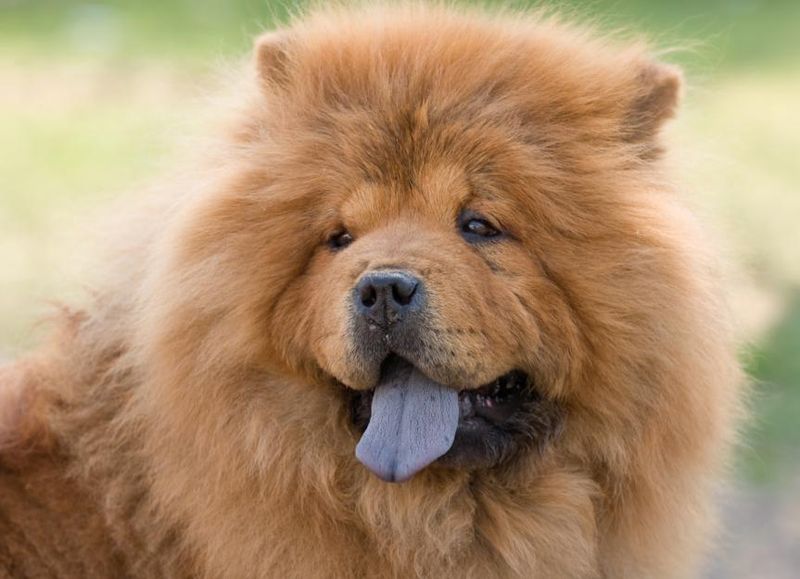
Beneath that magnificent lion-like mane lurks a host of health problems. Chow Chows commonly suffer from painful joint disorders and autoimmune diseases that affect their skin and internal organs.
Their deep-set eyes are prone to entropion, where eyelids roll inward, causing corneal damage. Their thick coats hide skin conditions until they become severe. Many develop hypothyroidism, leading to weight gain and lethargy that’s often mistaken for their naturally aloof temperament.
13. Boston Terriers

Affectionately called “bug eyes,” those protruding peepers are actually a serious health concern. Boston Terriers frequently suffer corneal ulcers and injuries because their eyes lack proper protection from their skull.
Breathing troubles plague them too, with their flat faces causing sleep apnea and exercise intolerance. Many develop neurological issues from their skull shape. Despite their lively personalities, simple activities like playing fetch can leave them gasping for air.
14. Doberman Pinschers
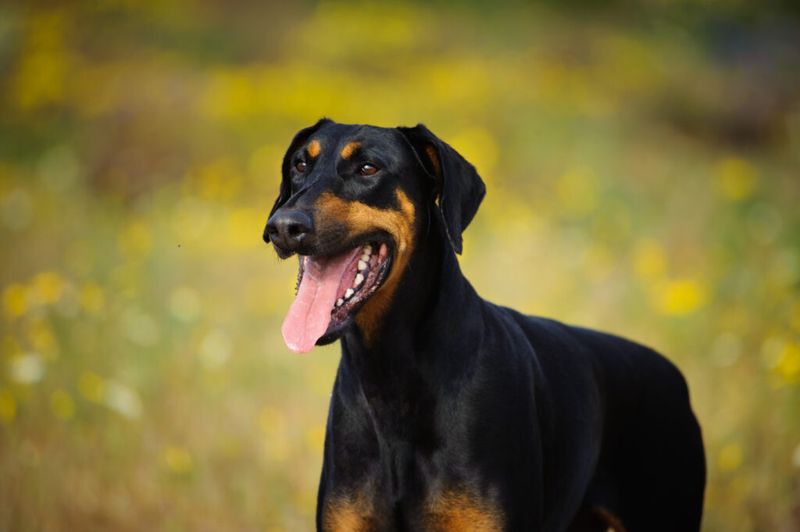
Looking strong and powerful, Dobermans hide a fatal flaw – their hearts often give out without warning. Dilated cardiomyopathy affects over 50% of all Dobermans, causing sudden death even in seemingly healthy dogs.
Genetic testing has revealed this devastating condition is firmly entrenched in the breed. Many owners never suspect a problem until their beloved pet collapses during routine play. Some breeders now use advanced cardiac screening, but the condition remains widespread.
15. Golden Retrievers

America’s sweetheart breed conceals a heartbreaking statistic – over 60% will die from cancer, often before reaching old age. The limited gene pool has concentrated cancer-causing mutations throughout the breed.
Hemangiosarcoma, a deadly blood vessel cancer, strikes Goldens at alarming rates, often with no symptoms until catastrophic internal bleeding occurs. Hip dysplasia affects many too. Their sunny dispositions mask their suffering until diseases reach advanced stages.
16. Yorkshire Terrier

Yorkshire Terriers are adored for their small size and elegant appearance. Sadly, overbreeding has resulted in fragile bones and dental problems.
Their petite frame requires careful handling to prevent injuries. Regular dental care is essential to avoid tooth loss and gum disease, common in the breed.
Despite their delicate constitution, Yorkies exhibit a bold personality and endless charm. With conscientious breeding, their quality of life can be significantly improved.

